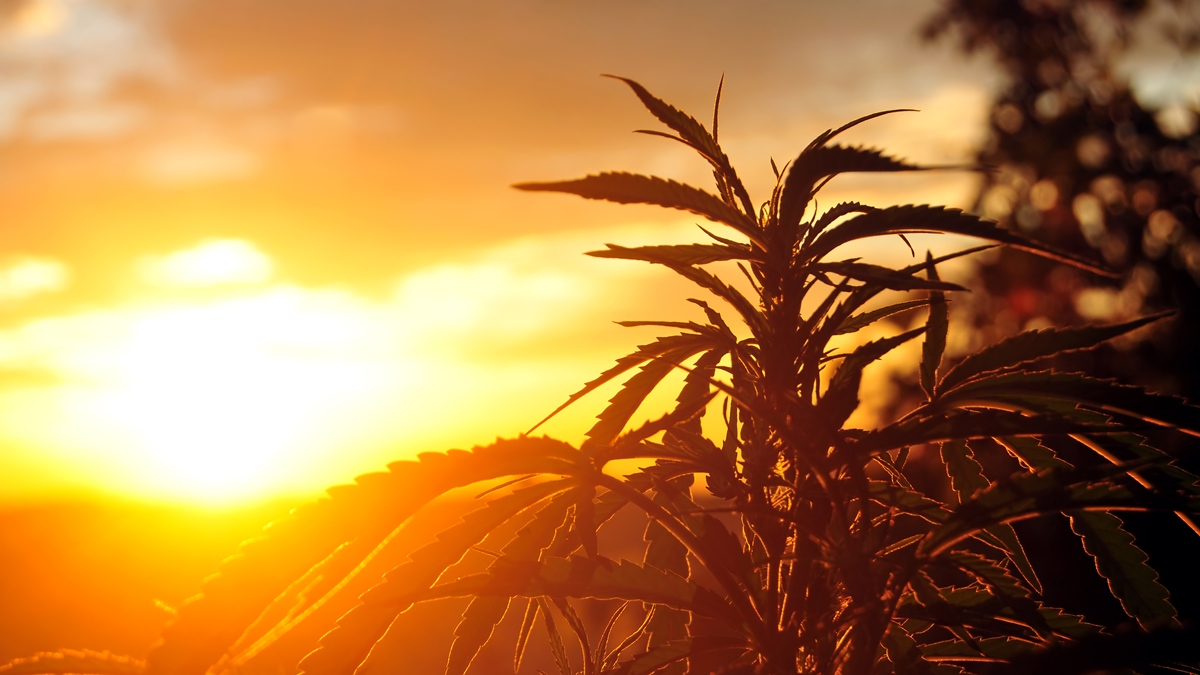Hemp has received a lot of attention recently, especially with the growing popularity of CBD supplements. More recently, CBG oil, also an up-and-coming product, is also extracted from the inflorescence of hemp. However, hemp itself is not a new invention, but is in fact believed to be one of the longest cultivated plants known to mankind.
In light of this, it is peculiar that hemp, one of the most important plants, often finds no place in history books or classrooms. In this article, we explore the rich history of hemp and its transformation from a food and fibre plant to a megatrend in health and medicine.
The earliest written references to hemp are found in ancient China. The Xia Xiao Zheng is an ancient Chinese text and one of the oldest agricultural treaties on the planet. It lists hemp as one of the most important crops of ancient China. Archaeological finds in the country also support the view that China historically relied heavily on hemp as a crop.
Historians believe that hemp was initially cultivated as food in China because of its energy-rich seeds. As agriculture and technology developed, the Chinese learned to make hemp cane suitable for paper, clothing, ropes, etc. The first hemp-based ropes and papers are thought to date from 2800 BC, but hemp production is thought to have begun much earlier, probably as early as 8000 BC.
The origins of the first hemp plants can be traced back to the early farming communities of the Weijoki and Yellow River regions of eastern China. The processing of hemp fibres, on the other hand, is estimated to have begun more than 10 000 years ago, around the same time as the birth of pottery.
According to the American Hemp Museum, hemp became such an important part of ancient Chinese society that China called itself the kingdom of hemp and mulberry. The latter is used in the production of silk. Major early Chinese texts, such as the Book of Songs and the Annals, list hemp as one of six important crops produced by the Chinese.
The Chinese word for hemp was „ma” (麻). The translation of the term varies, with some sources suggesting ‘bipartite plant’ as an explanation , referring to the duality of the cannabis plant, male and female plants. In medical texts, cannabis and hemp were sometimes described by the term „da ma” (大麻), which some sources translate as „great hemp” or „great deficiencies”, depending on the context.
The Chinese also used hemp and cannabis as medicine. The merits of ancient Chinese medicine were often attributed to Emperor Shennong. He was a mystical Chinese emperor who is believed to have introduced the Chinese people to medicinal plants. Shennong’s best-known literary achievement is the Shennong Bencaojing, an ancient book containing over 360 plants and their medicinal potential.
Emperor Shennong’s work is believed to have laid the foundation for Pen Ts’ao – the world’s oldest herbal medicine book – which recommends cannabis for rheumatic pain, constipation, malaria and many other ailments.
It is estimated that hemp came from humans to the Indian subcontinent via China. Cannabis grew naturally in the wild in what is now Pakistan, Nepal, Kazakhstan and India. However, these regional cannabis plants have traditionally had different uses.
Cannabis played a key role in religion and spirituality in India and the surrounding areas. It is mentioned in many ancient texts, including the Atharva Veda, which lists cannabis among the few essential plants. According to Uma Dhanabalan, a Harvard University physician, Vedic texts claim that cannabis improves memory, treats leprosy and more. Cannabis is also believed to have been a favourite food of the Hindu god Shiva.
Other cannabis-based products, such as bhang (milk containing cannabis), charas (handmade hashish) and ganja (cannabis inflorescence), played a major role in the religious and spiritual practices of the region. These traditions are still valid today.
Cannabis also has a long history of drug use in India. The Sushruta Samhita, an ancient medical text written in Sanskrit, mentions bhanga (thought to be cannabis) as a valuable herb for the treatment of mucus, diarrhoea and inflammation. Other Indian writings Cannabis for pain relief, Favor Medicine
Indian hemp farmers used steeping in water to remove the fibre and process it into a product. This practice is still common in parts of the world where hemp is grown for its fibre.
Between 800 and 200 BC, hemp and its derivatives were at the centre of the Asian market. Geographically, this market covered at best northern Africa and the eastern Mediterranean. Around 200 BC, cannabis and hemp found their way into ancient Greece and even the Roman Empire. From AD to the Roman Empire. By 500 AD, hemp had spread throughout continental Europe and Asia and was used for a variety of purposes, such as clothing, textiles, medicine and many other uses.
You can buy quality CBD products made by reliable manufacturers at highly discounted prices at the usamedicalshop.com













